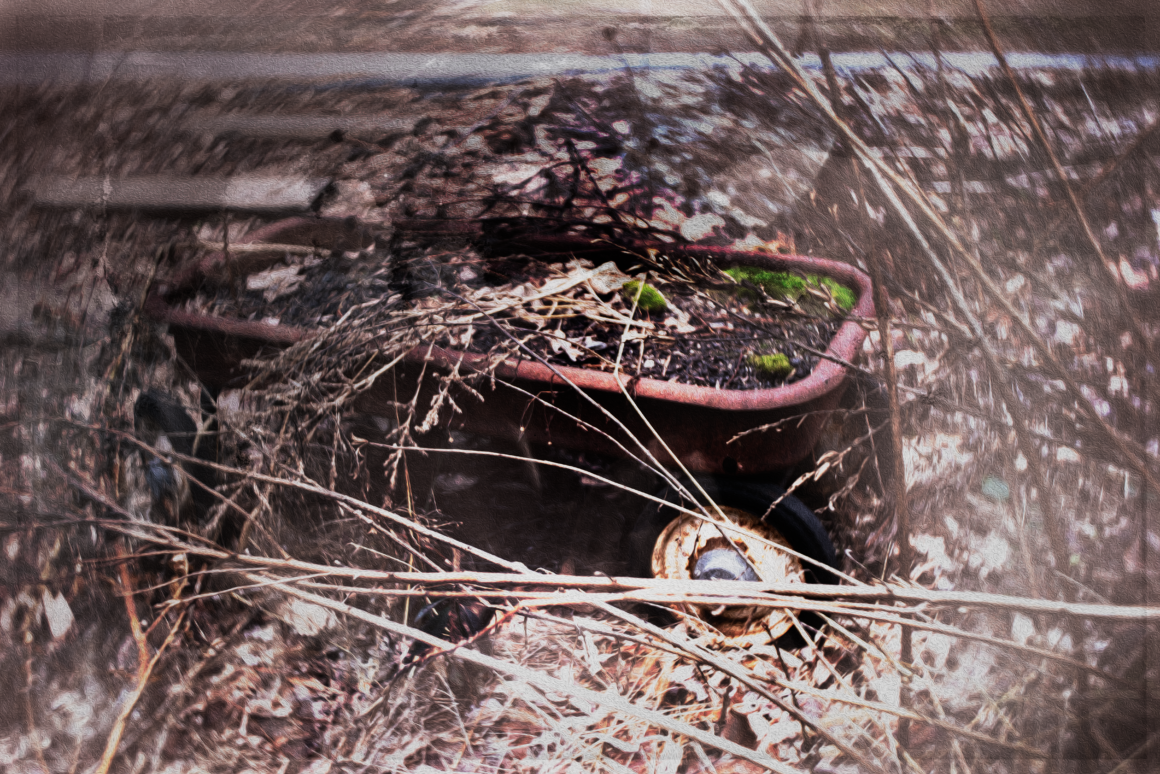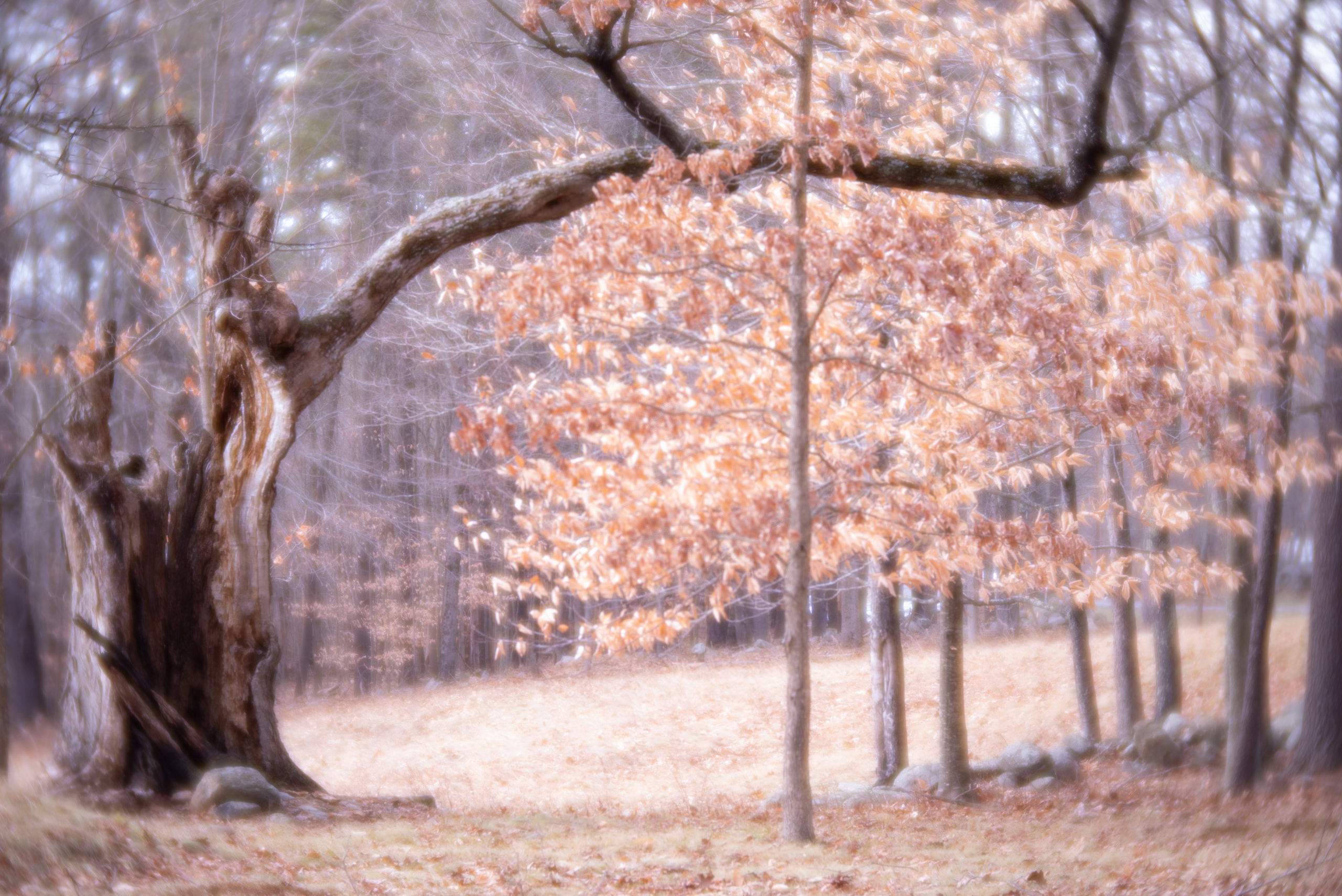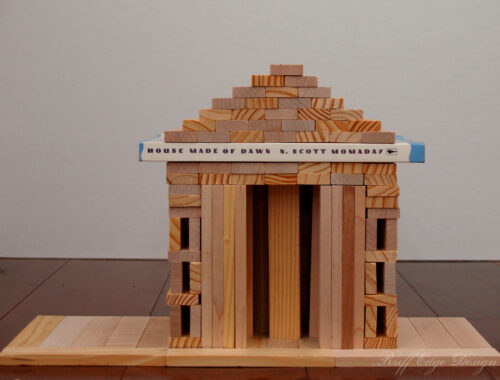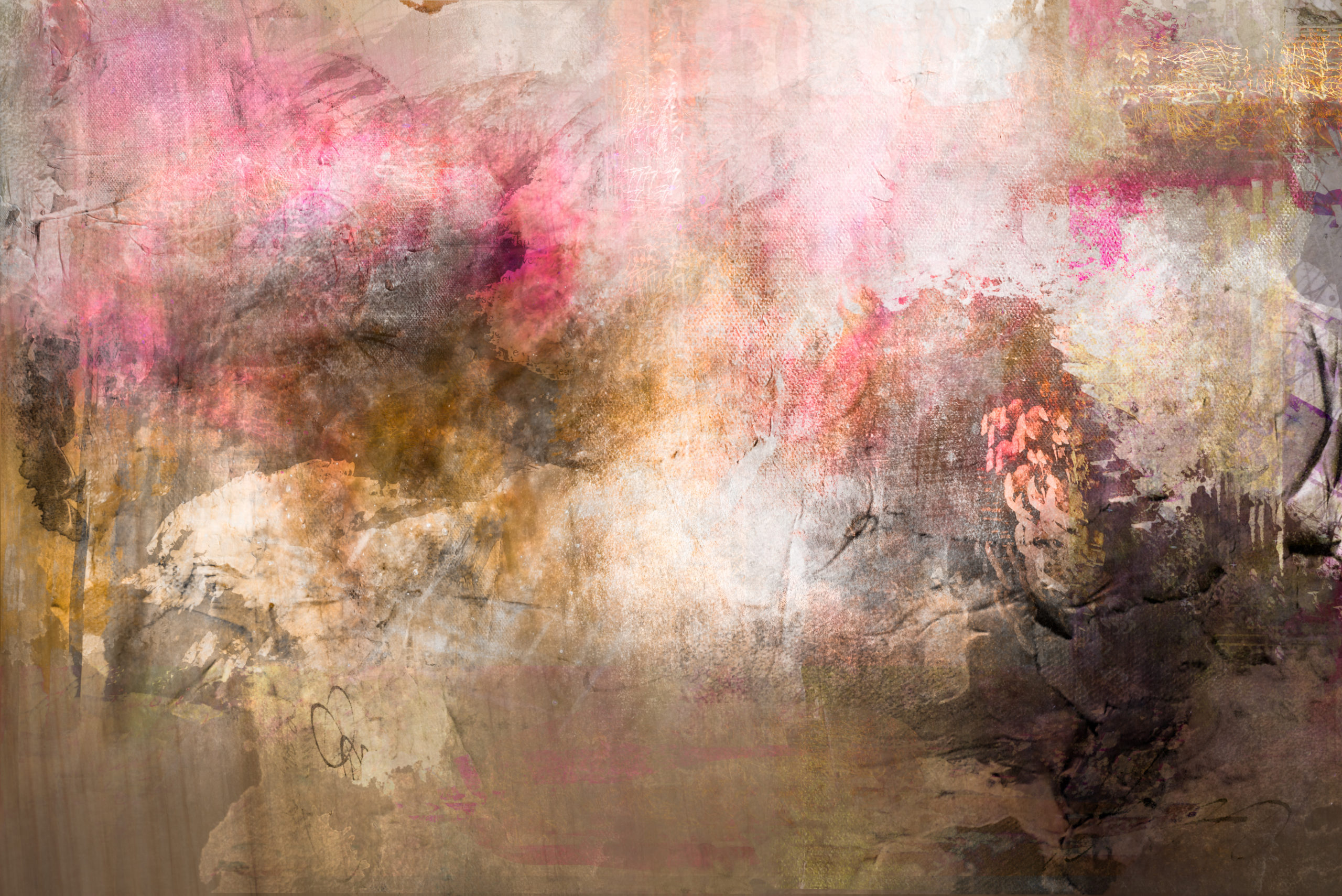
Roughly Recognized
According to Gary Saul Morson in Hidden in Plain View, “In the early reviews of War and Peace, objections were raised most frequently against the plot. ‘This disordered heap of accumulated material,’ as one reviewer called it, was perceived as having so many plot lines, most of which led nowhere, that it lacked any single coherent story.”
My head has been swimming with thought fishes about writing, photography, art, and perhaps most of all, my online presence. What am I to make of The Ruff Draft? Two days ago, I was ready to throw it into the trash bin. Who needs it or wants it? In the past, the only answer to both questions seemed to be me, but now, I don’t even know if that answer still applies.
I came out the other side of the Trash it? discussion in my head determined to salvage it, but only because I need some reason for a LinkedIn profile.
With that determination came many questions, but I don’t want to get into them here and now. Instead, I want to make note of a phrase I came across this morning: A sense of the sacred.
Does that notion play well with this, from Morson again? “[Percy] Lubbock concludes that War and Peace is a badly flawed masterpiece whose failure illustrates that magnificent parts and simple genius in detail cannot ultimately compensate for a lack of form, unity, and design.”
Life is messy because it is lived, not planned (at least, it should work that way). Tolstoy, for all his planning, posing, and conniving, wrote a book about life. He, as philosopher of the present, observed the details, the minutiae, and the big stuff, and he shared it all, asking us, the readers, to knit it all together and make sense of it. Was that wrong of him?
I seldom immediately recognize the important stuff. My father knew—I heard him say it—that the Boston Red Sox had lost the 1986 World Series when Bill Buckner screwed up the play and let that ball roll between his legs. I, on the other hand, would not have recognized the significance of Julius Caesar crossing the Rubicon until long after the fact.
I point my camera and press the shutter button, but I don’t see the sacred until the image is downloaded, edited, and—quite often—named. My art speaks to me only in snatches and whispers while it is coming into being, but if I want to understand it, I need to wait until it is ready to open itself to me once it’s completed.
Form, unity, and design are not as straightforward as most people want them to be. That’s all I’m saying.




